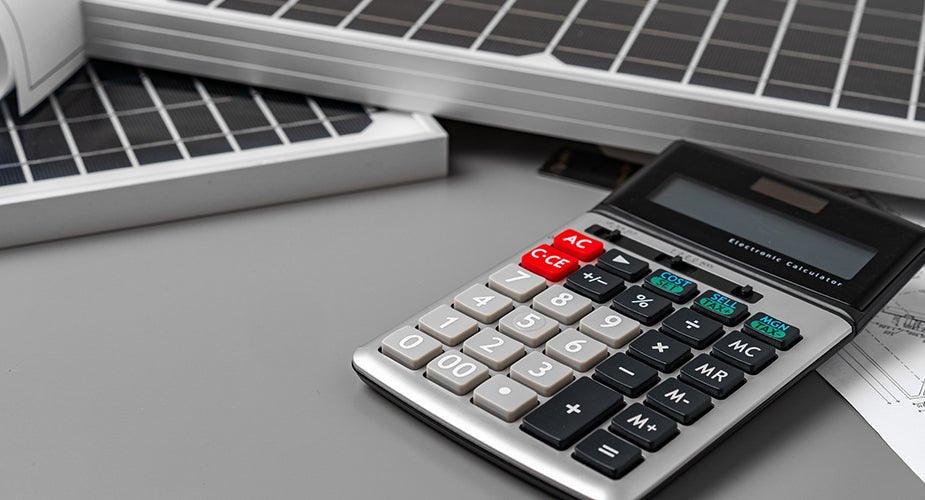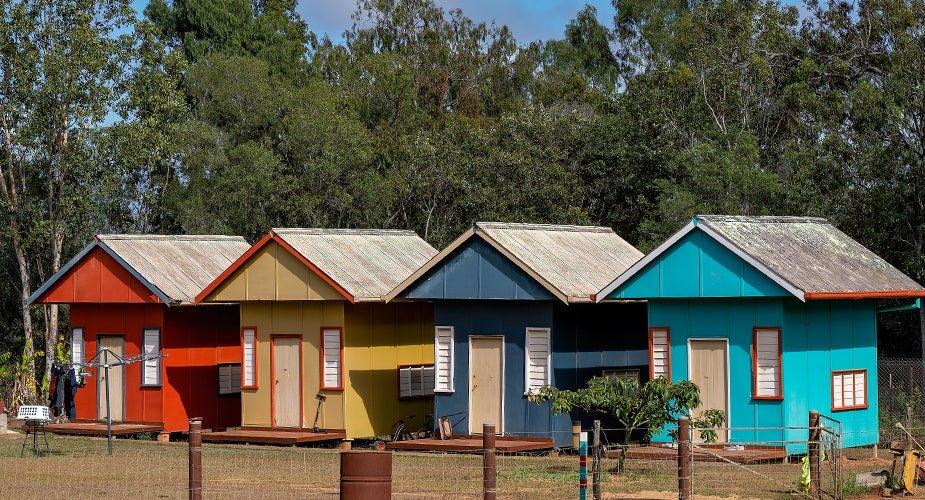Technological advancement’s direct product is awareness. It gives people knowledge on the importance of a specific issue or subject. And, in turn, empower people to address and contribute to making changes to these issues.
That is why the DIY industry experienced quite a boom, especially during the pandemic. It gives people a sense of accomplishment and fulfillment that somehow they helped in making a change or have become someone better.
One of the popular projects is DIY-ing solar generators. This idea is born out of the knowledge about climate change and how our current power system contributes to Mother Earth’s bad health. To help the planet heal and lessen one’s carbon footprint, many are shifting towards using a renewable source of energy.
But should this project be just a DIY project?
Below, let’s take a look at four things to consider if you want to explore the idea of this project a.k.a DIY Solar Generators:
1. Your Specific Power Needs
This is always going to be the first thing to consider to determine the type, kind, and capacity of the generator you’re going to build.
Some of the questions that you need to answer include:
- Frequency of power outages in the area
- How long does a power outage last in your area?
- Do you want to cover your entire household or just specific rooms or a specific appliance?
- What’s the household energy consumption on average per month?
- How big is the room?
- What’s the energy requirement of the appliance?
2. Sourcing and Getting all the Components of your DIY Generator
As an aspiring McGuyver of solar generators, you have to get all the various parts of the generator to have a working one. It includes the casing, power inverter, charger controller, solar battery, and panels.
The amount of work required to get the best parts to get the best performance is daunting. Not to mention the fact that each part should be compatible with each other for it to work. So, you’re going to have to test each part to see if they work well with each other. This process needs a lot of patience.
Now compare the time and effort wasted instead of just checking online to see top-notch home power backups. There are a lot of options out in the market and one of them is Nature’s line of generators which can be used as your home battery backup.
3. Long-term cost and maintenance
Just like any appliances and gadgets, a solar generator has to be well-maintained to provide 100% top performance when in use. Its upkeep ensures that one can get its money’s worth and return on investment.
But if you’re using DIY solar generators, the maintenance part can be a bit tricky as you only have yourself to rely on. Unlike when you have a company to reach out to when an issue occurs. Not to mention available warranties.
4. Permits and Inspections
Each state has its own rules and provisions when it comes to renewable energy. We recommend checking with local authorities to know the dos and don’ts when installing your residential generators.
An example is California. It has become a must for garages to be equipped with backup generators after experiencing a deadly wildfire in 2017. This is known as Senate Bill No. 969.
The first step is to apply for a permit online. Contractors have to connect their CSLB license to their accounts.
There are various types of ePermit in California, depending on the scope of the project. Below are some of the different kinds of ePermit and their accompanying project scope:
- Residential Electrical
- Residential Transfer Switch
- Residential Electrical Rewiring
- Residential EV Chargers
- Residential Main or Sub Panel Changeout
- Residential Generator - Residential Backup Generator
- Residential Solar Photovoltaic - Residential Roof or Ground Mounted Solar Systems
Each permit has different scopes such as the number of solar panels and system size. It is highly recommended to check in with local agencies or local utility providers before submitting the permit to make sure everything is done correctly and correctly understood.
California has a cap of $450 for residential solar permits, while a cap of $1,000 is for commercial projects. Similarly, the state of Colorado has the same cap price for commercial solar project permits, while residential solar project permits are $500.
Once the solar system is installed, a system inspection should be accomplished, before turning it on. This ensures that the system is up to code.
Unless you’re familiar with electrical terminologies and codes, this part can be tricky and confusing.
The Pros and Cons of DIY-ing your Solar Generator Set-up
Doing things on your own has its pros. It is a cost-effective solution as pre-built generators can be heavy on the bank. You can find components that fit the budget without breaking the bank. It also makes it highly customizable because of this. You mix and match according to your specific needs and requirements.
And, you can consider the gained experience and knowledge of building one as a perk or advantage.
But, the downside of doing its installation on your own is the fact that you have to take your time on research. You have to look at everything, top-down, to make sure that you got everything right.
Unless you studied electrical engineering or something similar, the time and effort needed to gain some form of basic and technical knowledge just to build your generator is quite long and high.
All of this can be time-consuming, unlike if you get a solar generator that has all the right components and no need for mix and matching as it’s already done for you. You don’t have to worry if the parts you have are going to be compatible with each other.
Understandably, purchasing a home backup battery can cause quite a dent in one’s wallet. But DIY-ed solar generators can cost more in the long run.
The quality is in question. How sure are you that it won’t break down frequently? Easy fixes can easily fill up, and before you know it, your expenses have quadrupled. The lack of warranty is an issue.
What if something happens while you’re doing it, and you end up breaking something, or you just end up calling an expert’s need because of this? On your desire to save money, you ended up spending more. Let’s hope you won’t also jeopardize the safety of the people under your roof.
Weigh in if this is the type of project you’re willing to gamble and DIY your way through.
Recommendations
We still recommend doing research. There are tons of good solar generator systems for your home out there.
One of them is Nature’s Generator Product Line a.k.a your All-in-one Solar Panel System. Depending on your home backup battery needs and budget you can choose between the Nature’s Generator 1800W, Elite 3600, and Powerhouse.

Each product is designed to be integrated into any home power backup ecosystem and can be expanded to fit your home power needs. They are well-made so you can be assured of their quality and performance. You can expect to receive consistent service when in use.
The cost can be quite expensive compared to when DIY-ing it. But think about it as an investment toward your loved ones' safety. No amount of money can equal that.
If you’re not willing to take that risk and want to ensure your family’s well-being give us a shout here at Nature’s and we’ll assist you further.
* We want to give credit where credit is due. Professional writer, Cris Ilao, contributed research and content to this blog titled: DIY Solar Generators Thank you, Cris, for your contributions!













